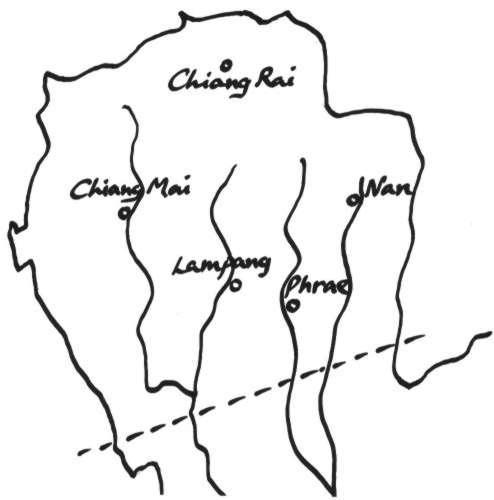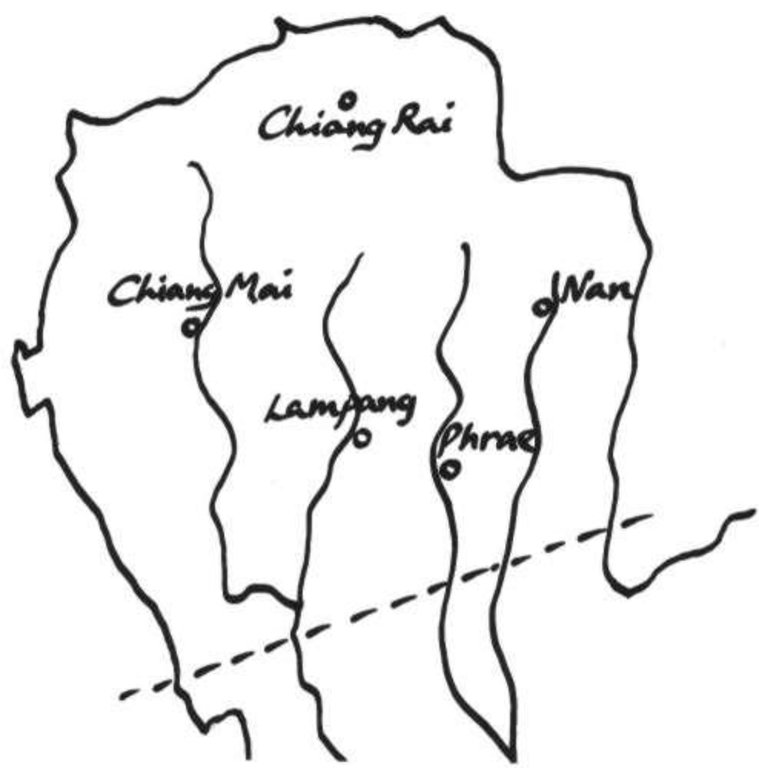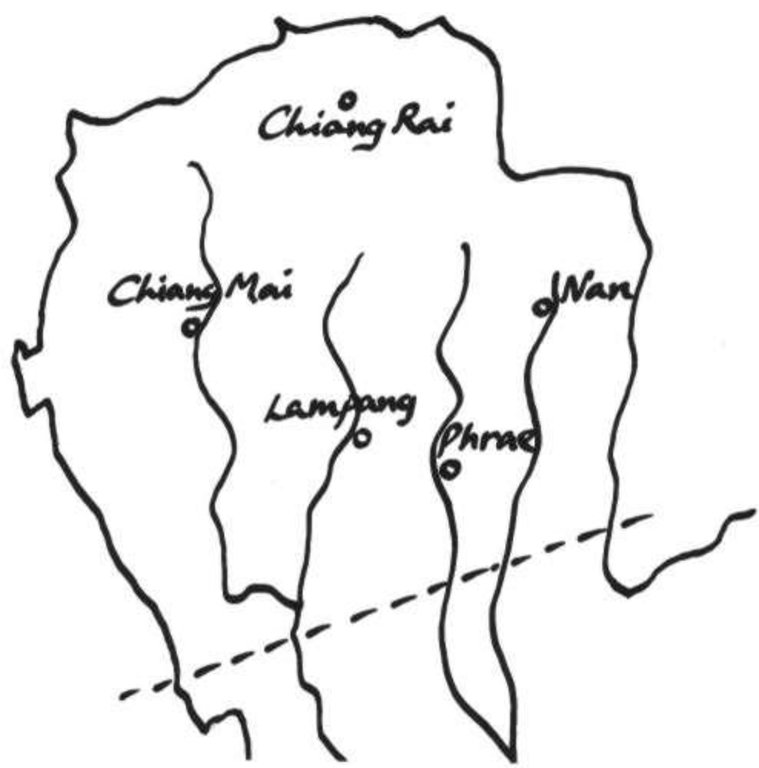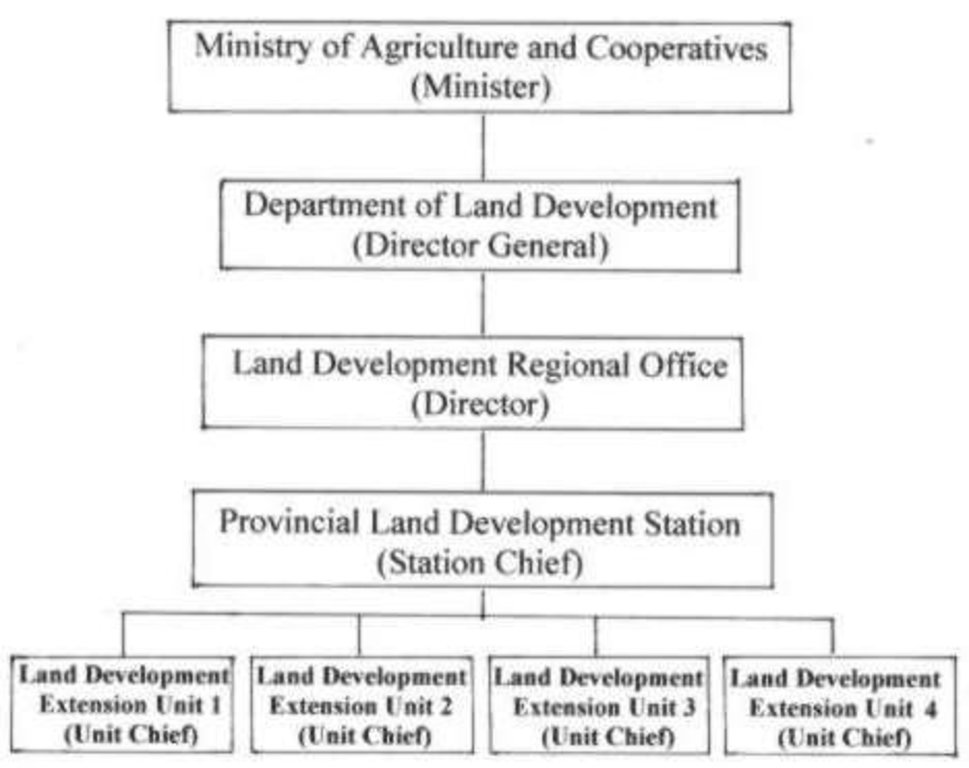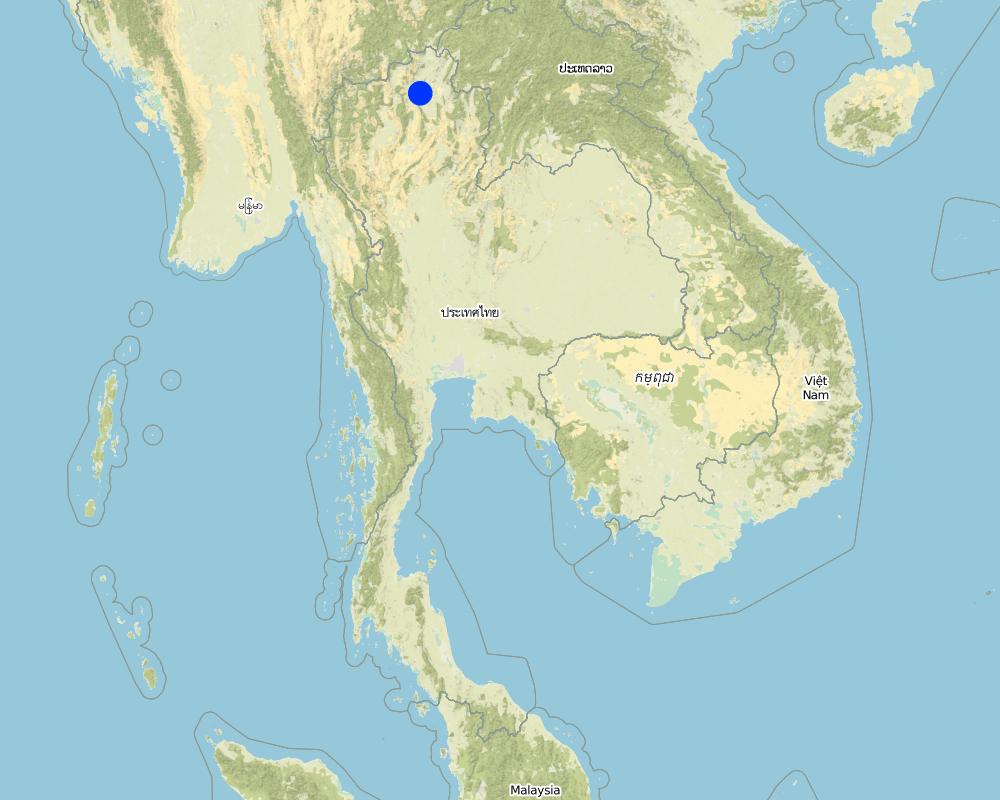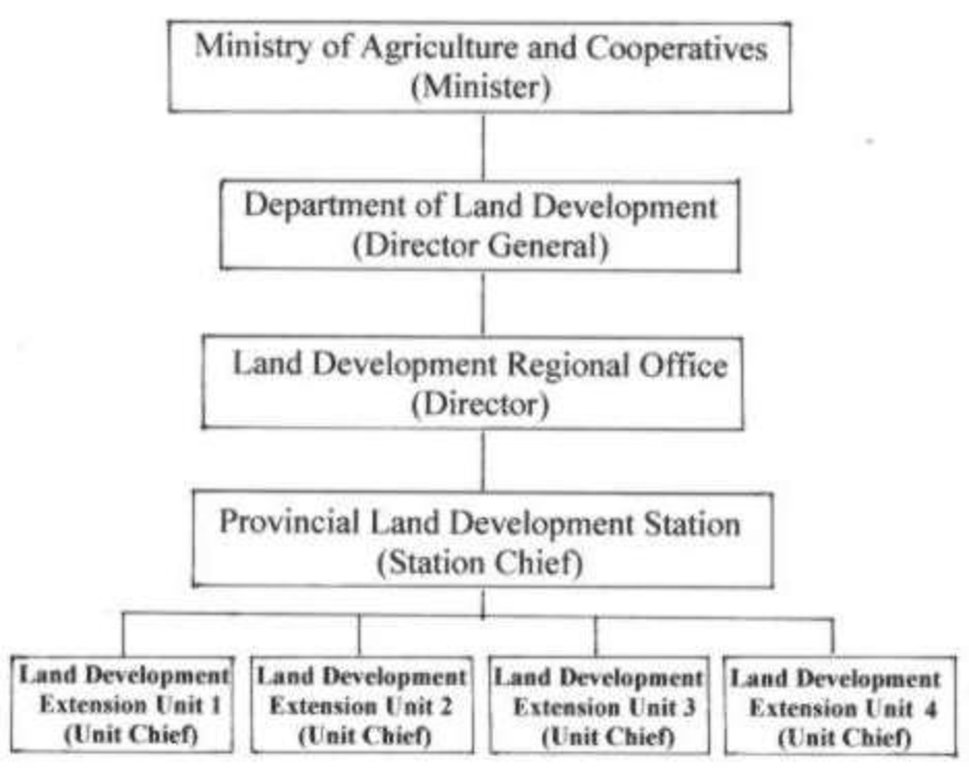Vegetative erosion control and conservation cropping system [تايلاند]
- تاريخ الإنشاء:
- تحديث:
- جامع المعلومات: Samran Sombatpanit
- المحرر: –
- المُراجع: Fabian Ottiger
approaches_2417 - تايلاند
عرض الأقسام
توسيع الكل طي الكل1. معلومات عامة
1.2 تفاصيل الاتصال بالأشخاص الرئيسيين لمصدر المعلومات والمؤسسات المعنية بتقييم وتوثيق النهج
متخصص في الإدارة المستدامة للأراضي:
Boonchee Sawatdee
66-1-9513859, 66-53-890109
boonchee@thai2k.com
LDD Regional Office 6
Amphur Maerim, Chiang Mai 50180
تايلاند
متخصص في الإدارة المستدامة للأراضي:
اسم المؤسسة (المؤسسات) التي سهلت توثيق/تقييم النهج (إذا كان ذلك على صلة)
World Association of Soil and Water Conservation (WASWC) - الصيناسم المؤسسة (المؤسسات) التي سهلت توثيق/تقييم النهج (إذا كان ذلك على صلة)
Swiss Agency for Development and Cooperation (DEZA / COSUDE / DDC / SDC) - سويسرا1.3 الشروط المتعلقة باستخدام البيانات الموثقة من خلال WOCAT
يوافق جامع المعلومات والشخص (لاشخاص) الرئيسي لمصدر المعلومات على الشروط المتعلقة باستخدام البيانات الموثقة من خلال WOCAT:
نعم
1.4 المراجع الخاصة باستبيان(استبيانات) تقنيات الإدارة المستدامة للأراضي

Growing cover crops for weed control [اوغندا]
Cultivating leguminous crops in weed prone fields to help overgrow and kill the weeds
- جامع المعلومات: Sunday Balla Amale
2. وصف نهج الإدارة المستدامة للأراضي
2.1 وصف موجز للنهج
This approach is 'the way' or 'how' the 'vegetative erosion control and conservation cropping system' has been implemented in the Upper North region of Thailand.
2.2 وصف تفصيلي للنهج
وصف تفصيلي للنهج:
Aims / objectives: The purpose of this approach is to have sloping land used in a sustainable way, by planting hedgerows along the contour line, allowing enough space for growing cash- and other crops. In the process, government officers will work with sloping land farmers, promoting them to do the system by giving assistance in the form of necessary farm inputs and wage for doing the work. The work starts with site selection, land preparation, alignment of contour lines, establishing hedgerows, growing crops -- cash crops and tree crops, etc. At the same time extension workers will provide farmers with training in various aspects of SWC, and visits to demonstration fields and farms.
2.3 صور عن النهج
2.5 البلد/المنطقة/المواقع التي تم تطبيق النهج فيها
البلد:
تايلاند
المنطقة/الولاية/المحافظة:
Upper North
Map
×2.7 نوع النهج
- قائم على مشروع/برنامج
2.8 الغايات/الأهداف الرئيسية للنهج
The Approach focused mainly on SLM with other activities (Cropping system that will enable farmers to earn reasonable income for their living.)
1. To reduce soil erosion. 2. To improve soil fertility. 3. To increase crop yied and income.
The SLM Approach addressed the following problems: Accelerated soil erosion and land degradation, low soil productivity, poor water conservation, low income, damaged environment.
2.9 الظروف التي تمكن أو تعيق تنفيذ التقنية/التقنيات المطبقة بموجب النهج
المعايير والقيم الاجتماعية /الثقافية/ الدينية
- معيق
Low literacy rate
Treatment through the SLM Approach: Improve education.
الإطار المؤسساتي
- معيق
The number of extension workers is few.
Treatment through the SLM Approach: Employ more of them.
الإطار القانوني (حيازة الأراضي، وحقوق استخدام الأراضي والمياه)
- معيق
Farmers without land title are reluctant to implement SWC.
Treatment through the SLM Approach: Promote land reform programme.
This type of approach/technology does not need too much of involvement in the land use right or ownership, particularly when there is no major disturbance of soil surface for constructing structural measures.
المعرفة حول الإدارة المستدامة للأراضي، والوصول إلى الدعم الفني
- معيق
Technologies take long time to show benefit.
Treatment through the SLM Approach: 1. Find technologies which give short-term benefit. 2. Create awareness to farmers.
3. المشاركة وأدوار الأطراف المعنية
3.1 أصحاب المصلحة المعنيون بالنهج وأدوارهم
- مستخدمو الأراضي المحليون/المجتمعات المحلية
Specific ethnic groups: H'mong, Akha, Kare, etc. Also poor peasant farmers
- الحكومة الوطنية (المخططون، صانعو القرار)
Land Development Department
- منظمة دولية
إذا كان هناك العديد من الأطراف المعنية، قم بالإشارة إلى الوكالة الرائدة:
Alley cropping was designed by IITA and grass strip by Australian specialists. They were introduced into Thailand around 1985 and subsequently adapted by national specialists for applying in the Northern Agricultural Land Development Project, supported by the World Bank.
3.2 انخراط مستخدمي الأراضي المحليين/المجتمعات المحلية في المراحل المختلفة للنهج
| انخراط مستخدمي الأراضي المحليين/المجتمعات المحلية | حدد من شارك وصف الأنشطة | |
|---|---|---|
| المبادرة/التحفيز | غير موجود | |
| التخطيط | سلبي | public meetings |
| التنفيذ | سلبي | responsibility for minor steps |
| الرصد/التقييم | سلبي | public meetings; |
| Research | غير موجود |
3.3 مخطط التدفق (إذا كان متاحًا)
3.4 اتخاذ القرار بشأن اختيار تقنية/تقنيات الإدارة المستدامة للأراضي
حدد من الذي قرر اختيار التقنية/التقنيات التي سيتم تنفيذها:
- متخصصون في الإدارة المستدامة للأراضي بشكل أساسي، بعد التشاور مع مستخدمي الأراضي
اشرح:
consultative.
Decisions on the method of implementing the SLM Technology were made by mainly by SLM specialists with consultation of land users. consultative. With financial assistance provided
4. الدعم الفني وبناء القدرات وإدارة المعرفة
4.1 بناء القدرات/التدريب
هل تم تقديم التدريب لمستخدمي الأراضي / الأطراف المعنيين الآخرين؟:
نعم
حدد من تم تدريبه:
- مستخدمو الأراضي
- extensionists/trainers, school children/students,
شكل التدريب:
- في العمل
- من مزارع إلى مزارع
- مناطق العرض
- اجتماعات عامة
- دورات
المواضيع المغطاة:
Short training (1-2 days) in cropping system and land use management at a nearby locality where technicians explain how the approach is useful for farmers and how to do.
4.2 خدمة استشارية
هل يملك مستخدمو الأراضي وصولا إلى خدمة استشارية؟:
نعم
حدد ما إذا كانت الخدمة الاستشارية متوفرة:
- في حقول مستخدمي الأراضي
وصف/تعليقات:
Name of method used for advisory service: TAF; Key elements: Training, Action, Follow-up.; 1) Advisory service was carried out through: Government's existing extension system. Extension staff: Mainly government employees 3) Target groups for extension: land users; Activities: To know how to cope with soil degradation problem
Advisory service is inadequate to ensure the continuation of land conservation activities; There are too few SWC extensionists to work with farmers efficiently, making the activity not so well handled and maintained.
4.3 تعزيز المؤسسات (التطوير التنظيمي)
هل تم إنشاء أو تعزيز مؤسسات من خلال هذا النهج؟:
- نعم، باعتدال
حدد المستوى (المستويات) التي تم فيها تعزيز أو إنشاء المؤسسات:
- محلي
حدد نوع الدعم:
- بناء القدرات/التدريب
4.4 الرصد والتقييم
هل يشكل الرصد والتقييم جزءا من النهج؟:
نعم
التعليقات:
technical aspects were ad hoc monitored through observations; indicators
There were few changes in the Approach as a result of monitoring and evaluation: 1. Change in cropping system to fit the farmers' need and market. 2. Some farmers have expanded more area for SWC approach.
4.5 البحوث
هل كانت البحوث جزءًا من النهج؟:
نعم
حدد المواضيع:
- علم الاجتماع
- الاقتصاد / التسويق
- تكنولوجيا
أعط تفاصيل إضافية وأشر إلى من قام بالبحوث:
Research mainly concerns technology development and efficiency in decelerating soil ersoion and improving soil fertility.
Research was carried out both on station and on-farm
5. التمويل والدعم المادي الخارجي
5.1 الميزانية السنوية لمكون الإدارة المستدامة للأراضي في النهج المذكور
إذا لم تكن الميزانية السنوية الدقيقة معروفة، قم بالإشارة إلى نطاقها:
- 1,000000-100،000
التعليقات (على سبيل المثال المصادر الرئيسية للتمويل/الجهات المانحة الرئيسية):
Approach costs were met by the following donors: government (national - Dept. of Land Development.): 100.0%
5.2 الدعم المالي/المادي المقدم لمستخدمي الأراضي
هل حصل مستخدمو الأراضي على دعم مالي/ مادي لتنفيذ التقنية/ التقنيات؟:
نعم
5.3 إعانات لمدخلات محددة (بما في ذلك العمالة)
- زراعة
| حدد المدخلات التي تم دعمها | إلى أي مدى | حدد الإعانات |
|---|---|---|
| بذور | ممول بالكامل | Only during establishment |
| أسمدة | ممول بالكامل | Only during establishment |
| Biocides | ممول بالكامل | Only during establishment |
- بنى تحتية
| حدد المدخلات التي تم دعمها | إلى أي مدى | حدد الإعانات |
|---|---|---|
| community infrastructure | ممول بالكامل | Only during establishment |
إذا كان العمل من قبل مستخدمي الأراضي مدخلاً جوهريًا، فهل كان:
- مقابل دعم مادي آخر
التعليقات:
Planting materials, training, advise
5.4 الائتمان
هل تم توفير ائتمان في إطار نهج أنشطة الإدارة المستدامة للأراضي؟:
كلا
6. تحليل الأثر والتصريحات الختامية
6.1 آثار النهج
هل ساعد النهج مستخدمي الأراضي على تنفيذ وصيانة تقنيات الإدارة المستدامة للأراضي؟:
- لا
- نعم، قليلا
- نعم، باعتدال
- نعم، إلى حد كبير
They are more aware of what they should do to improve soil and water management such as mulching, green manuring fertilizer application and addition of organic matter.
Did other land users / projects adopt the Approach?
- لا
- نعم، قليلا
- نعم، باعتدال
- نعم، إلى حد كبير
Such as Thai-Australian Highland Development Project
6.3 استدامة أنشطة النهج
هل يمكن لمستخدمي الأراضي المحافظة على استدامة ما تم تنفيذه من خلال النهج (بدون دعم خارجي)؟:
- نعم
6.4 نقاط قوة/مزايا النهج
| نقاط القوة/ المزايا/ الفرص من وجهة نظر مستخدمي الأراضي |
|---|
| 1. Improve soil fertility and productivity |
| 2. Increase income |
| 3. Attain sustainable land use. |
| نقاط القوة/ المزايا/ الفرص من وجهة نظر جامع المعلومات أو غيره من الاشخاص الرئيسيين لمصدر المعلومات |
|---|
| 1. The approach can reduce soil loss/runoff (How to sustain/ enhance this strength: Try to integrate annual cash crops and fruit trees) |
| 2. Improve soil fertility |
| 3. Conserve soil moisture |
| 4. Increase yield/income |
| 5. Preserve the environment |
| 6. Easily implemented by farmers |
| 7. It requires low cost. |
6.5 نقاط الضعف/ العيوب في المنهج وطرق التغلب عليها
| نقاط الضعف/ المساوىء/ المخاطر من وجهة نظر مستخدم الأراضي | كيف يمكن التغلب عليها؟ |
|---|---|
| 1. Require more labour to create and maintain | 1. Grow fast-growing tree specie, |
| 2. Certain part of the land cannot be used to grow crops. | 2. Hire more labourers from the increased income. |
| نقاط الضعف/ المساوىء/ المخاطر من وجهة نظر جامع المعلومات أو غيره من الاشخاص الرئيسيين لمصدر المعلومات | كيف يمكن التغلب عليها؟ |
|---|---|
| 1. More labour intensive than normal farming practice | Good labour management |
7. المراجع والروابط
7.1 طرق جمع/مصادر المعلومات
- زيارات ميدانية، مسوحات ميدانية
- مقابلات مع مستخدمي الأراضي
7.2 المراجع للمنشورات المتاحة
العنوان، المؤلف، السنة، النظام القياسي الدولي لترقيم الكتب ISBN:
Sajjapongse, A.., C.Anecksamphant and S. Boonchee. 2000. ASIALAND Management of Sloping Land Network. Special Lecture, LDD Technical Meeting, February 15-18, 2000, Chjiang Mai, ThailandOther documents of IBSRAM
متاح من أين؟كم التكلفة؟:
Department of Land Development, Bangkok 10900, ThailandIBSRAM. P.O. Box 9-109, Bangkok 10900, Thailand
العنوان، المؤلف، السنة، النظام القياسي الدولي لترقيم الكتب ISBN:
Other documents of IBSRAM
متاح من أين؟كم التكلفة؟:
IBSRAM. P.O. Box 9-109, Bangkok 10900, Thailand
الروابط والوحدات المواضيعية
توسيع الكل طي الكلالروابط

Growing cover crops for weed control [اوغندا]
Cultivating leguminous crops in weed prone fields to help overgrow and kill the weeds
- جامع المعلومات: Sunday Balla Amale
الوحدات المواضيعية
لا يوجد وحدات مواضيعية


